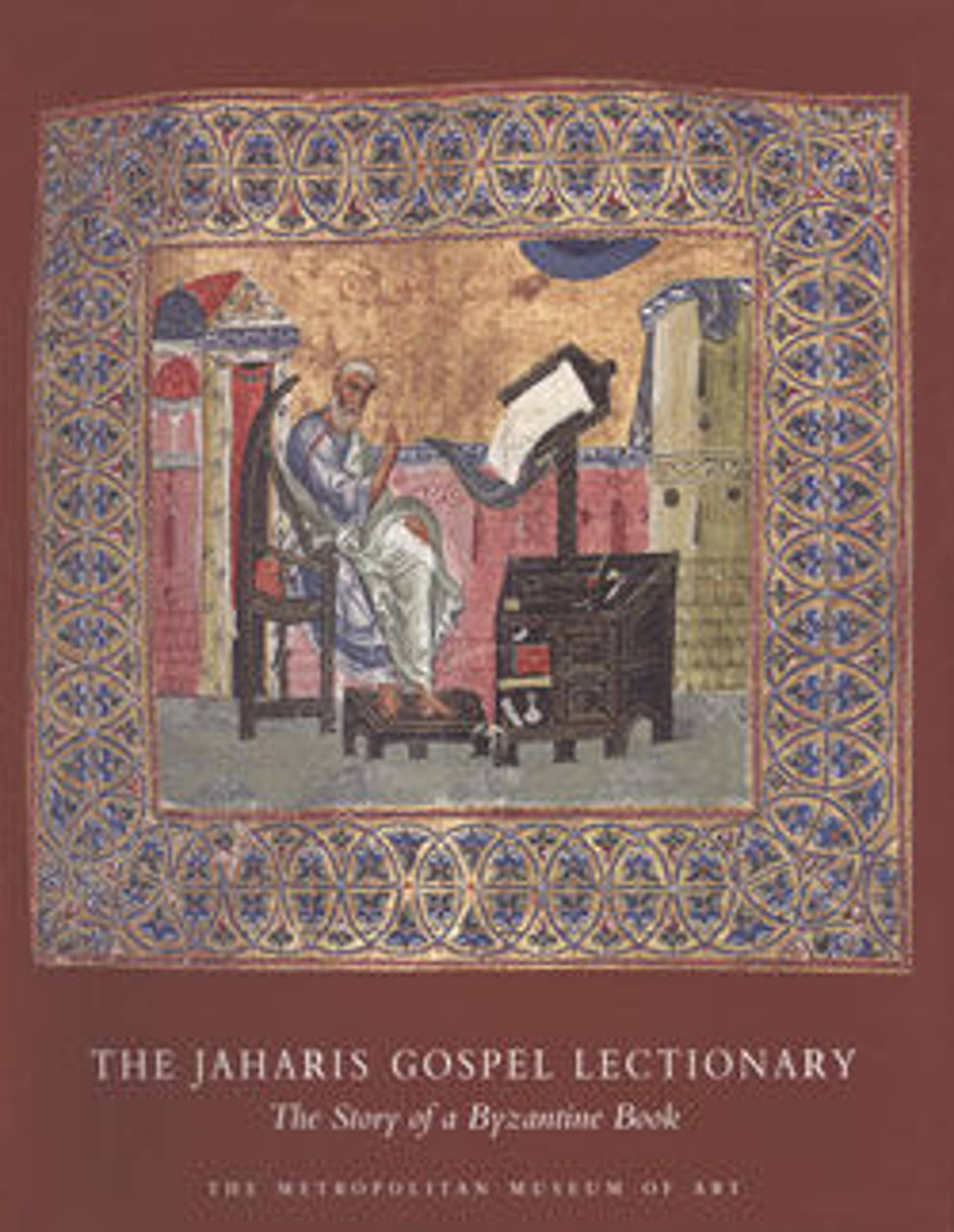
The Jaharis Gospel Lectionary: The Story of a Byzantine Book
The Jaharis Byzantine Gospel Lectionary was until 2008 a hidden treasure: a manuscript almost entirely unknown, even to scholars. Superbly preserved, it represents the apogee of Constantinopolitan craftsmanship around the year 1100 and is arguably the most important Byzantine work to come to The Metropolitan Museum of Art's renowned collection since the gifts of J. Pierpont Morgan in 1917. For more than one thousand years, from its founding in Constantinople, New Rome (now Istanbul, Turkey), in 330 until its fall to the Ottoman Turks in 1453, the Byzantine Empire witnessed the creation of masterpieces of religious and secular art. During the Middle Byzantine era (ninth through thirteenth centuries), one of the greatest periods of Byzantine art, exquisitely illuminated manuscripts and splendid objects carved in ivory, marble, and gemstones, or worked in gold, silver, and cloisonné enamel, displayed the quality of the works created for the Orthodox Church. At that time the empire's territories reached from Greece and the Balkans to Anatolia in the east and from Syria to the lands of the newly converted Rus' (modern-day Ukraine and Russia) in the north. Over the last decade the Metropolitan Museum's exceptional collection of the arts of the Byzantine world has been handsomely reinstalled in the Mary and Michael Jaharis Galleries for Byzantine Art. Long missing from the Metropolitan Museum's expansive collection of Middle Byzantine art, however, has been a superlative example of an illuminated book, one of the preeminent artistic traditions of the Byzantine Empire. Now, through the continued generosity of Mary and Michael Jaharis, the Metropolitan has acquired one of the finest illuminated liturgical texts of the era, the Jaharis Gospel Lectionary.
In this important study John Lowden, a leading expert on Byzantine manuscripts, discusses this extraordinary work within the broader context of Byzantine book illumination. He traces the lectionary's history from its acquisition by the Metropolitan backward through Paris, Athens, Mount Athos, and Istanbul to its production in Constantinople. Through detailed analysis and comparison, accompanied by sumptuous color illustrations of the Jaharis Gospel Lectionary and other, closely related illuminated manuscripts, Professor Lowden shows that the lectionary was made for use in the patriarchal church of Hagia Sophia in Constantinople—the seat of the Orthodox Church and the primary site at which the emperor worshipped—or one of its nearby affiliated churches. This highly readable, groundbreaking publication of the Jaharis Gospel Lectionary represents a major addition to our knowledge of Byzantine illumination.
Met Art in Publication
Citation
Lowden, John. 2009. The Jaharis Gospel Lectionary: The Story of a Byzantine Book. New York: Metropolitan Museum of Art [u.a.].